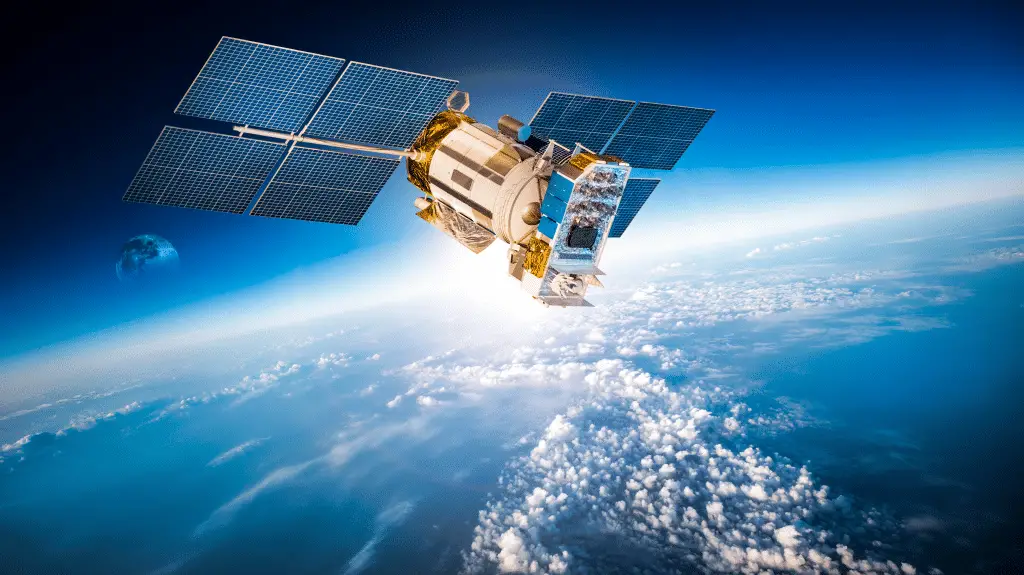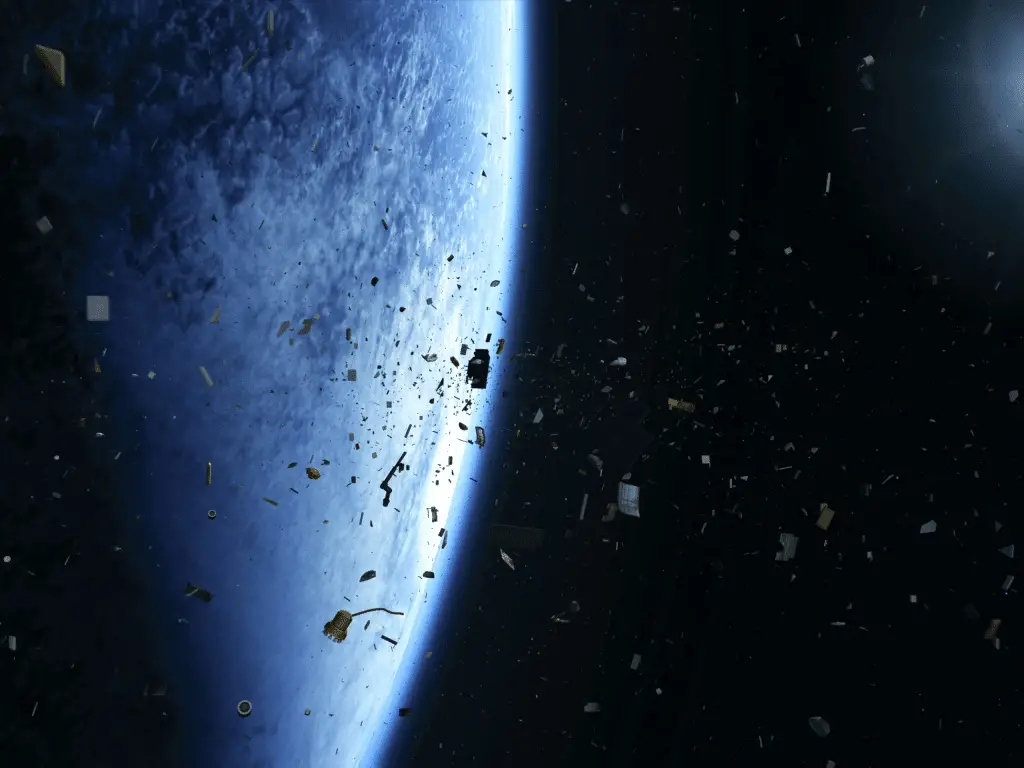Latelya significant event has captured the attention of the international community namely Chinese rocket explodes in low Earth orbit. This accident, which created a lot of space debris, raised concerns and led the US Space Force to closely monitor the situation.
The event occurred shortly after the rocket delivered the first satellites into orbit, with the top of the rocket then breaking apart, creating a cloud of debris. While the debris does not pose an immediate threat to people on Earth, the U.S. Space Force is keeping a close eye on any fragments large enough to track.
The importance of this incident lies not only in the potential risk that space debris poses to other satellites and space missionsbut also in the geopolitical and security implications, precisely the growing presence of space debris is a growing concern for all nations operating in spaceas it can interfere with satellite operations and pose a threat to future space missions.
In this context, the US Space Force plays a crucial role in monitoring and mitigating the risks associated with space debris, their ability to track and predict debris movements is essential to ensure the safety of space operations and prevent potential collisions.
This incident highlights the importance of international cooperation in the management of these particular and delicate situations, also in view of the space resources protection.
Dynamics of the accident and how the space debris was formed

The Chinese Long March 6A rocket, responsible for the accident, was launched with the aim of placing the first 18 satellites of a planned megaconstellationwhich could possibly count thousands of satellites.
Although the launch went as planned, shortly after completing its mission, the rocket’s second stage disintegrated, creating a cloud of space debris, an event that generated at least 700 traceable debris fragmentswith the number that could rise to over 900.
The rocket disintegrated at an altitude of approximately 503 miles (810 kilometers) above the Earth’s surface, and as experts explain, at this altitude, the debris could remain in orbit for decades or even centuriesposing a significant threat to other space missions and operational satellites.
US Space Command confirmed that there are no immediate threats for the International Space Station or other satellites, but continues to monitor the situation closely, at least according to what was stated in a post about X.
Implications for space security
The Chinese rocket accident highlights the growing challenges of managing space debris, as the number of satellites in orbit increases, making collisions and similar accidents more likely increases exponentiallySpace debris can cause significant damage to operational satellites, disrupting essential services such as communications, navigation, and weather monitoring.
Managing space debris requires a international cooperation and adopting preventive measures to minimize the risk of collisions, currently organizations such as the US Space Force and other global space agencies play a crucial role in monitoring and tracking debris, providing essential data to prevent future accidents.

The explosion of the Chinese Long March 6A rocket represents a alarm bell for the international community Regarding space debris management, it is essential that nations collaborate to develop effective strategies to mitigate the risks associated with space debris and ensure the safety of space operations.
As we have said several times before, the US Space Force, with its advanced monitoring and tracking capabilities, will continue to play a key role in this global effort.
If you are attracted by science or technology, keep following us, so you don’t miss the latest news and updates from around the world!
#Space #Debris #Long #March